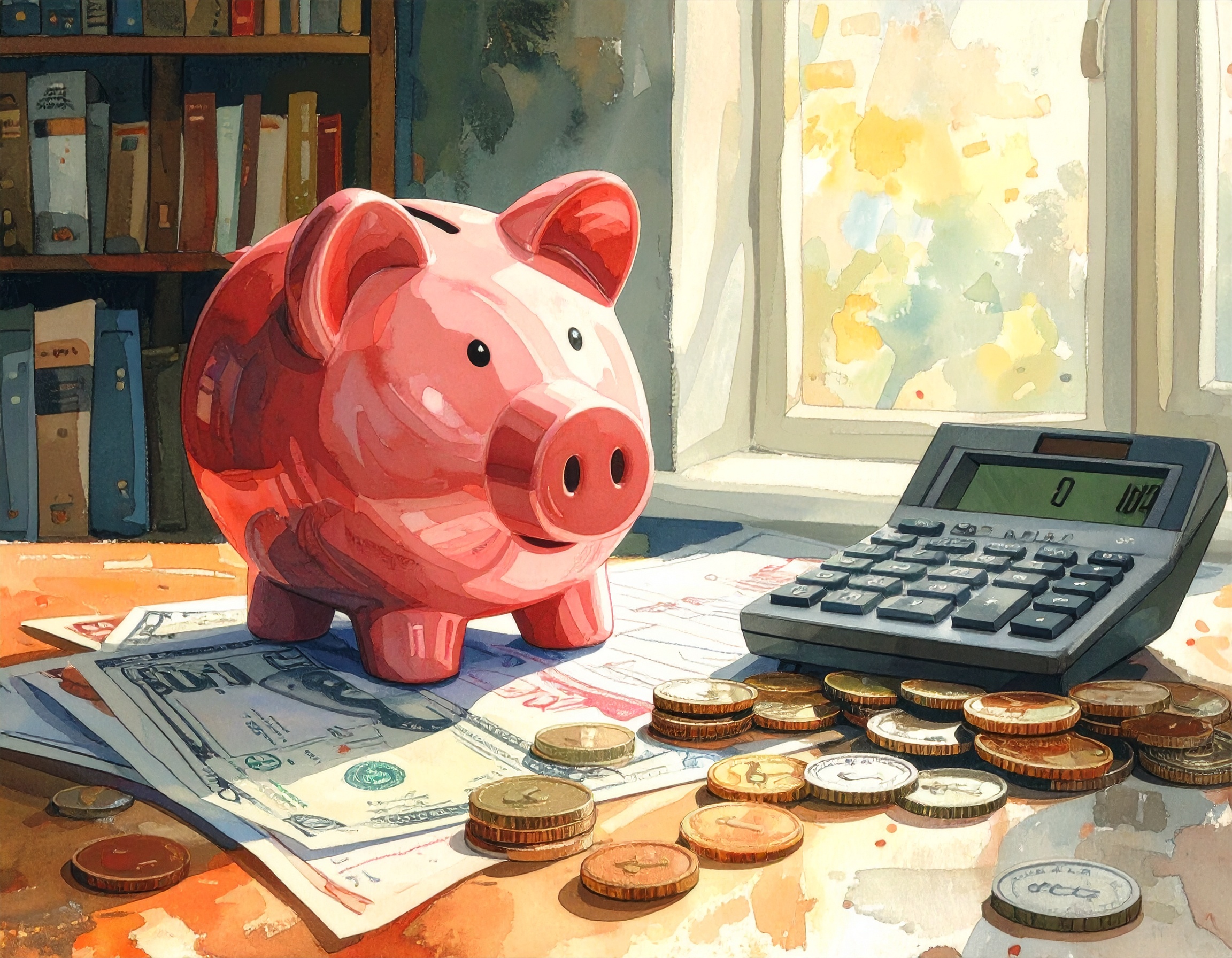
At Wise-Wallet, personal finance is a journey.
Read MoreCorrect! Halfway There!
Holding a very large emergency fund in low-yield accounts carries an opportunity cost: the foregone returns you might have earned by investing that money in diversified, higher-expected-return assets such as retirement accounts or broad stock/bond portfolios. Over time, compounding makes this trade-off material. Cash in savings may preserve principal and liquidity, but long-term growth typically lags investments that accept short-term volatility for higher expected returns. The opportunity cost is especially meaningful when interest on savings is below inflation and well below historical equity returns; over many years, the difference can amount to a significant fraction of retirement savings. This doesn’t mean eliminating emergency cash — it means calibrating the cushion to fit risk tolerance and life circumstances so the marginal dollar is deployed where it has the best risk-adjusted return.
Balancing liquidity and opportunity involves setting a prudent emergency cushion (e.g., 3–6 months, larger for high volatility roles), then directing additional discretionary savings toward investment vehicles aligned with time horizon and goals. Short-term needs and predictable upcoming expenses belong in liquid accounts; money that isn’t likely to be needed for several years can reasonably be invested for higher returns. Consider a tiered liquidity strategy: a small liquid emergency fund for immediate access, a medium buffer for near-term but less probable shocks, and invested funds for long-term growth. Reevaluate the cushion when life changes (job, family, health) and periodically assess whether excess cash should be gradually reallocated into tax-advantaged or diversified investment accounts to reduce the long-term opportunity cost.
By Quiz Coins
Rules for student loans and forgiveness programs change periodically, so borrowers should confirm current eligibility and program details.

Pick cards to match your life: cashback for simplicity, travel cards for frequent flyers who use perks, and balance-transfer cards to crush debt — then automate, pay in full, and track value.
Read More
Build a simple, automatic emergency fund by choosing a target, automating transfers, and using low-effort saving hacks — no spreadsheets required.
Read More